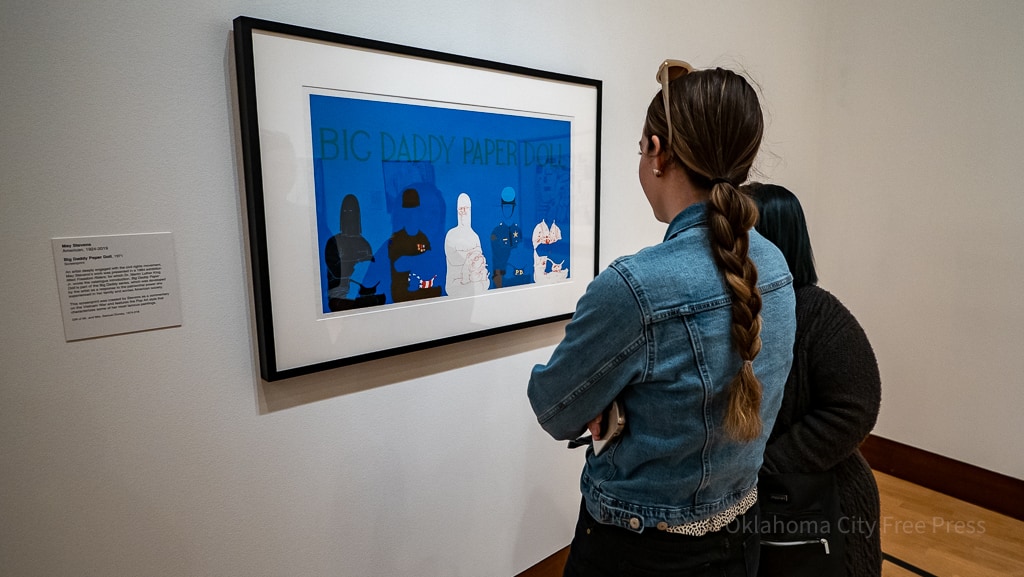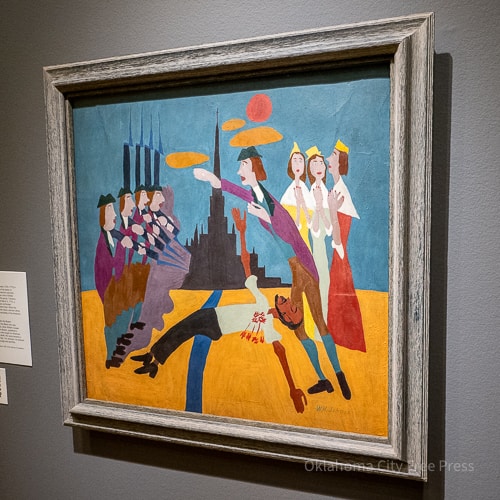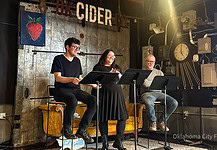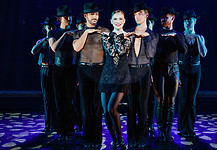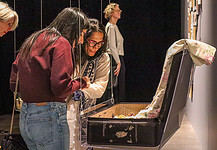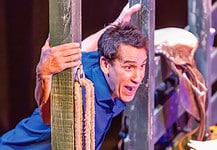Last Updated on February 17, 2023, 10:02 PM | Published: February 17, 2023
OKLAHOMA CITY — To examine the intersection of art and the worlds of politics, social activism, and outright protest is to examine the very history of art itself. For as long as humans have created works of art, we have used them as a platform to subvert the challenges and wrongs of our world.
But for some cultures, especially throughout American history, just the act of creating art and using it as a means to truthfully tell their own story has been itself an act of defiance and subversion.

Appropriately opening during Black History Month – and thanks to a great stroke of unforeseen luck and timing – Oklahoma City Museum of Art is presenting two landmark exhibitions side-by-side: “Fighters for Freedom: William H. Johnson Picturing Justice” and “Art and Activism at Tougaloo College.”
With two wildly different approaches and perspectives, the exhibits work together to explore not only the history of Black art in America, but the history of the Black American experience as a whole.
Fighters for Freedom: William H. Johnson Picturing Justice
With the focus not only on just one artist, but entirely on just one series of pieces and just one small period of his life and career, “Fighters for Freedom” presents works by groundbreaking African-American painter William H. Johnson depicting other legendary Black Americans and their stories.
Born in South Carolina in the lingering shadow of the Civil War, Johnson came to study at the National Academy of Design in New York City before moving to Europe to study the erupting artists and styles of that scene and develop his own dense, evocative style of expressionism.
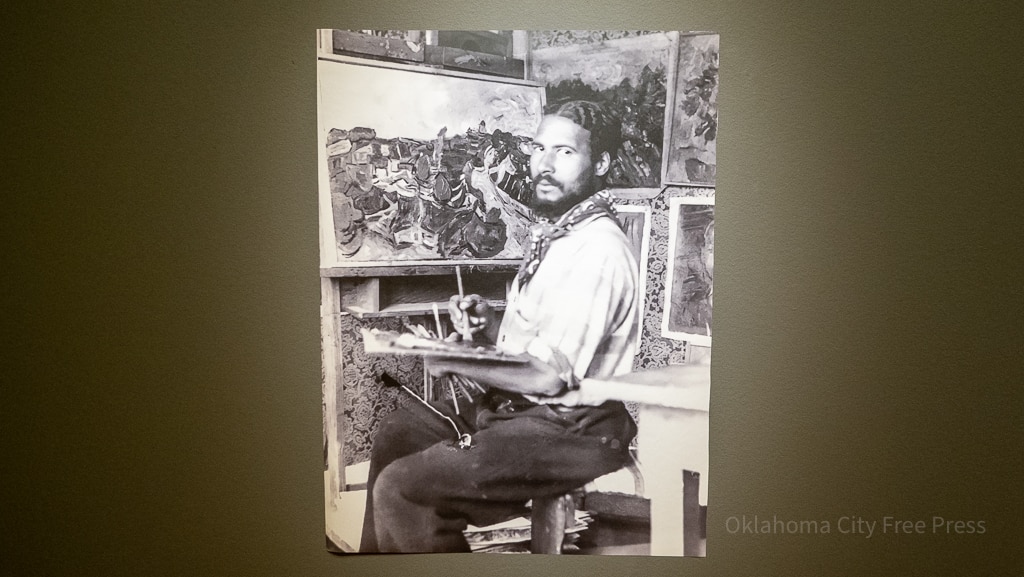
But after returning to the US on the eve of World War II, Johnson decided to focus his efforts on telling the stories of his people, and on deconstructing his own artistic style into a kind of simplistic folk art that has reverberated for generations.
“He made a conscious decision that he wanted to, as he said, start to paint the stories of his people,” said Dr. Rosie May, Director of Curatorial Affairs with OKCMOA. “And when he decided to do that, he changed his style to what you might describe as ‘faux-naive,’ or you might describe as ‘graphic.’ It’s very simple and straightforward – bright colors, simple shapes – as a way to tell these very direct stories that people didn’t know about at the time.”
The result was his “Fighters for Freedom” series, showcasing the figures and stories that Johnson believed represented both the struggles and triumphs of Black history in America.
In a stark, flat, collage-like style, Johnson depicts toweringly important names and moments, such as the killing of Crispus Attucks at the outset of the American Revolution, the political and academic victories of Frederick Douglass and George Washington Carver, and the unapologetically militant abolitionism of Harriet Tubman.
The vivid colors and flattened, crowded frames recall the pre-perspective religious artworks of the Middle Ages, as if Johnson was perhaps placing these iconoclastic Black heroes within that same vaunted context where they had been so long excluded.
“That style is both a good way to include a portrait, as well as tell stories about these people,” Dr. May told me. “If you look at the styles he was painting before, it was almost like Cezanne or Matisse, and he was an excellent artist, but there was no way in that style to tell all the stories he wanted to tell.”
In keeping with Johnson’s philosophy of creating storytelling artworks that can be easily understood and appreciated by anyone, OKCMOA has partnered with NewView Oklahoma to create heavily-textured “touchable” versions of some of Johnson’s pieces for blind and low-vision guests.
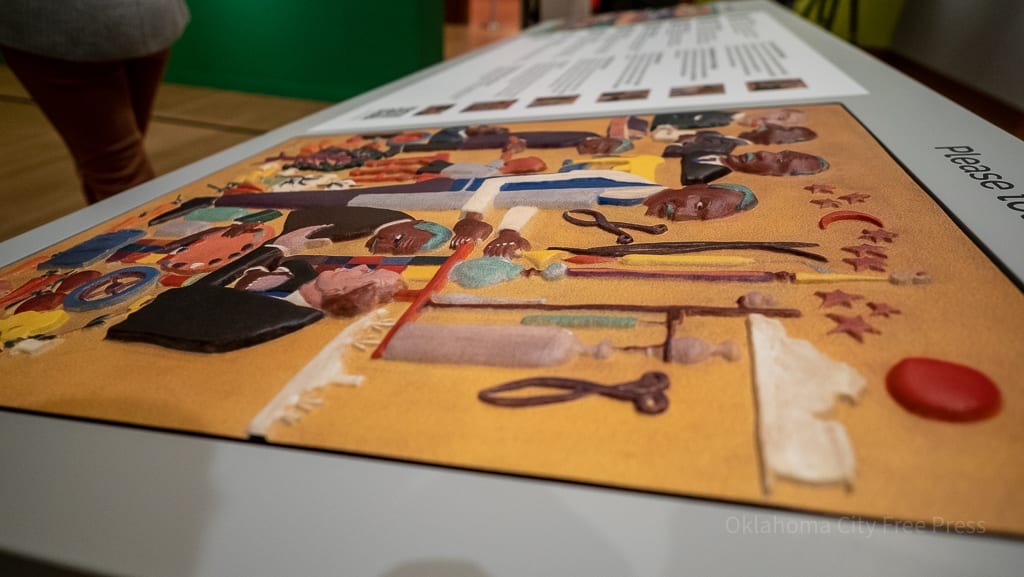
“We’re always thinking about ways to increase our accessibility in the museum,” said Dr. May.
Art and Activism at Tougaloo College
Opening at OKCMOA at the exact same time is “Art and Activism at Tougaloo College,” a glimpse into the impressive and encompassing collection from the historically Black Mississippi school.
With Tougaloo already established as a central institution in the Civil Rights Movement of the 1960s, the school’s art collection was built from works featuring major artistic names like Picasso, Matisse, and Grosz to help bring attention and focus to the college and its mission.
Though the exhibition does include some rarely seen pieces by those European masters, the bulk of the show is centered on works from American artists in the late half of the 20th Century, directly confronting the nation’s violent racial history through everything from sculpture, abstracts, and powerfully blunt representational works.
“I would say that is, somewhat, the underpinning element of the show,” said Ilaria Conti, a curator with the American Federation of Arts, the arts non-profit that developed the traveling exhibition with Tougaloo College. “The idea here is really to show this collective endeavor and how a collection of modern and contemporary art could become sort of a hub for thinking about the Civil Rights Movements.”
Many of the pieces on display in this exhibition take the focus away from the easily palatable images of the Civil Rights Movement – the peaceful marches, rousing speeches, and silent sit-ins – and challenge viewers to face the violent reality.
Ethel Schwabacher’s “Civil Rights Study” depicts a stylized close-up of a man’s face, swollen and bleeding profusely from being beaten during a protest.
“Big Daddy Paper Doll” by activist artist May Stevens (in the feature photo) shows an unclothed white man with a snarling bulldog, both ready to be dressed in a selection of outfits ranging from decorated soldier to police officer to Klan member.
The piece’s meaning becomes even more stark when you learn that the man shown is actually a representation of the artist’s own unflinchingly patriotic father.
Luck and Timing
Though it would be easy to believe that these two nationally traveling exhibitions were selected together to create a comprehensive look at Black activist art for Black History Month, the truth is much more serendipitous.
“It was really accidental,” Dr. May told me. “They both came to us at the same time with the same time slot. So it was just a happy accident.”
With both exhibitions running side-by-side until May, this is actually the only time anywhere in the world that these two remarkable artistic showcases for the history, struggles, and staggering talents of Black America can be viewed together in this context.
“Fighters for Freedom: William H. Johnson Picturing Justice” and “Art and Activism at Tougaloo College” both open at the Oklahoma City Museum of Art Saturday, February 18th and run until May.
For schedules, tickets, and more information, visit okcmoa.com.
Brett Fieldcamp has been covering arts, entertainment, news, housing, and culture in Oklahoma for nearly 15 years, writing for several local and state publications. He’s also a musician and songwriter and holds a certification as Specialist of Spirits from The Society of Wine Educators.
